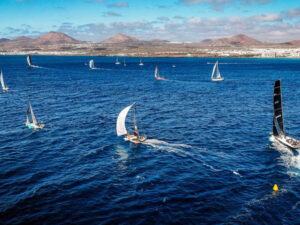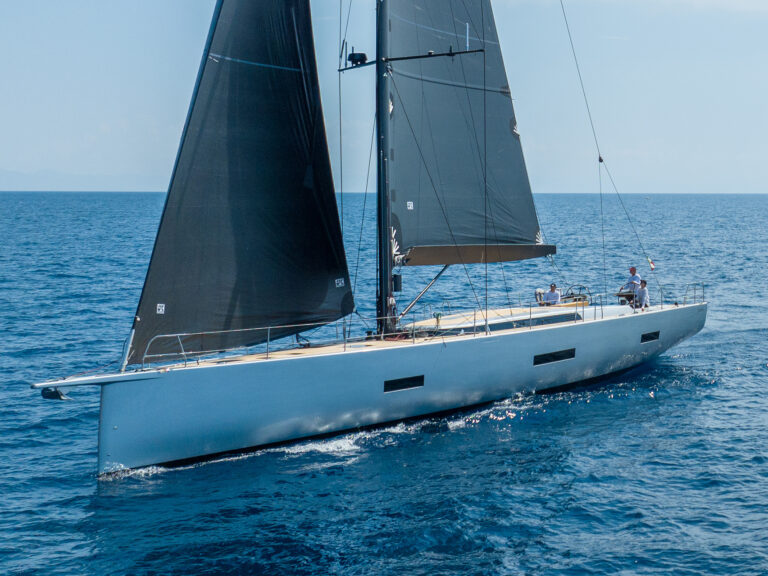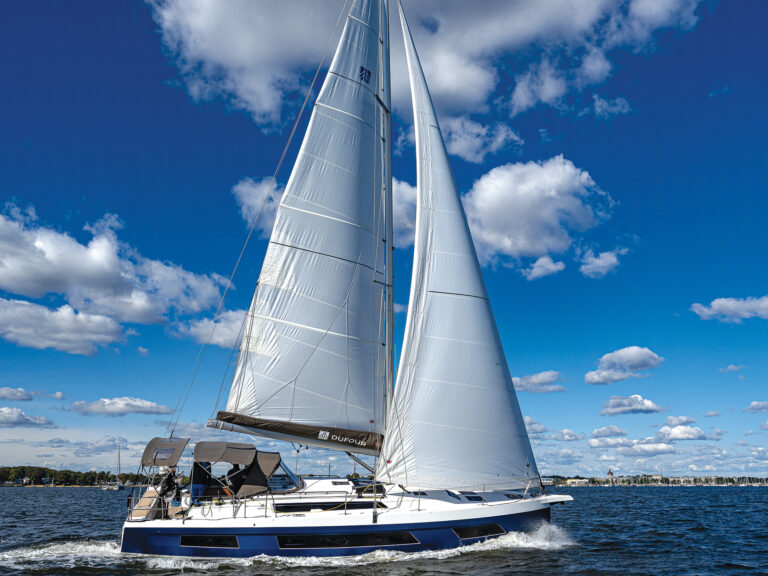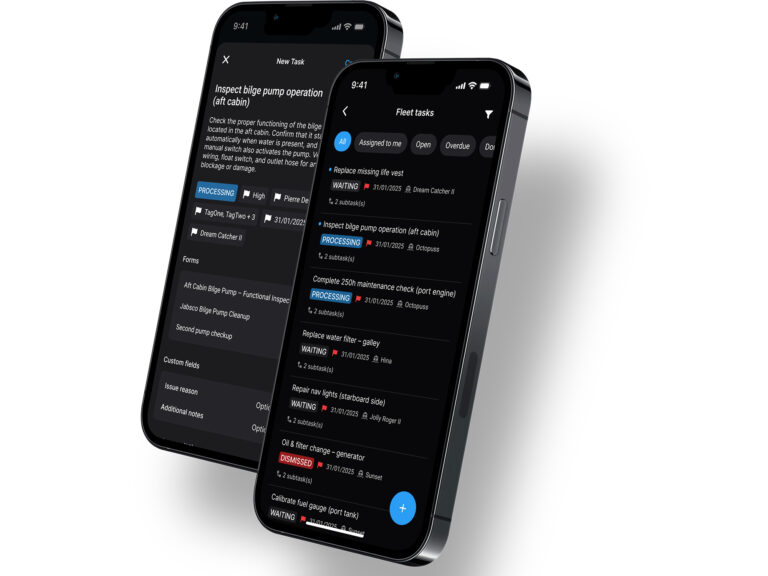NAVTEX is an international, automated, medium-frequency (518 kHz), direct-printing service for delivery of navigational and meteorological warnings and forecasts, as well as for urgent marine-safety information to ships. It was developed to provide a low-cost, simple, and automated means of receiving this information aboard ships at sea within approximately 200 nautical miles of shore. NAVTEX stations in the U.S. are operated by the U.S. Coast Guard. There are no user fees associated with receiving NAVTEX broadcasts.
The U.S. Coast Guard may, on occasion, have to defer the broadcast of a scheduled weather forecast via NAVTEX to ensure delivery of more urgent navigational and safety warnings. A lower priority is given to weather forecasts that have been broadcast previously.
Within the U.S., there are no current plans to broadcast NAVTEX on the alternate designated frequency of 490 kHz. The U.S. Coast Guard is exploring the possibility of broadcasting NAVTEX on the alternate frequency of 4209.5 kHz from New Orleans or other station on an experimental basis beginning last summer. For this test, the broadcast content is planned to be identical to that of the New Orleans 518 kHz NAVTEX broadcast.
NAVTEX is a major element of the Global Marine and Distress Safety System (GMDSS). For further information on NAVTEX, the GMDSS, and worldwide NAVTEX schedules, including coverage diagrams, visit the U.S. Coast Guard Maritime Telecommunications Information webpages.
NAVTEX receivers, which are approved for GMDSS, contain an internal printer and cost between $800 and $1,500. A new generation of NAVTEX receivers intended for non-GMDSS applications, such as the recreational community, is now entering the marketplace. These receivers include such features as LCD screens and RS-232 output and have a purchase price in the $300 to $500 range.
Effective November 30, 1999 at 1800 UTC, the National Weather Service (NMS) began to issue a new series of forecast products specifically tailored to fit the broadcast ranges of the U.S. Coast Guard NAVTEX. This action was taken as there was insufficient time available to broadcast all existing NWS offshore and coastal marine forecasts within the coverage range of each of these transmitters, which resulted in an unacceptably increasing number of missed broadcasts. The new NAVTEX forecast products are a blend of the existing offshore marine forecasts and coastal-marine forecasts; however, the inshore portion of these forecasts contain less detail than available in the coastal forecasts.
Mariners can continue to obtain NWS coastal-marine forecasts by other means, including NOAA Weather Radio, USCG MF Voice, USCG VHF Voice, NOAA telephone recordings and the Internet. NWS and the U.S. Coast Guard are working actively to improve the broadcast of marine forecasts via NAVTEX through a combination of product enhancements and technology upgrades. SITOR (NBDP) is similar in many respects to NAVTEX but does not offer all of the same functionality such as avoiding repeated messages.
A Listing of NWS Marine Products Broadcast via U.S. Coast Guard NAVTEX is available. For a complete listing of NWS marine text products (with links) visit the NWS Production Schedule for Marine Text Products webpage. Refer to NIMA Publication 117, which is updated through the Notice to Mariners, for the latest official listing of U.S. Coast Guard and worldwide broadcast schedules. The British Admiralty List of Signals is an excellent reference source for NAVTEX and GMDSS information.
All NWS marine forecasts rely heavily on the Voluntary Observing Ship (VOS) program for obtaining meteorological observations.
Station Identifier WX Broadcast Schedule (UTC): Adak X (Broadcast terminated Dec 96); Kodiak1 JX 0300, 0700, 1100, 1500, 1900, 2300 0340, 0740, 1140, 1540, 1940, 2340 Astoria W 0130, 0530, 0930, 1330, 1730, 2130; San Francisco C 0000, 0400, 0800, 1200, 1600, 2000; Cambria Q 0045, 0445, 0845, 1245, 1645, 2045; Marianas V 0100, 0500, 0900, 1300, 1700, 2100 Honolulu O 0040, 0440, 0840, 1240, 1640, 2040 Boston F 0045, 0445, 0845, 1245, 1645, 2045; Portsmouth N 0130, 0530, 0930, 1330, 1730, 2130; Savannah E 0040, 0440, 0840, 1240, 1640, 2040; Miami A 0000, 0400, 0800, 1200, 1600, 2000; San Juan R 0200, 0600, 1000, 1400, 1800, 2200; New Orleans G 0300, 0700, 1100, 1500, 1900, 2300.
1. Kodiak also broadcasts weather forecasts during time slots initially
allocated to Adak.
NAVTEX receivers must be programmed with proper NAVTEX station and subject identifiers in order to receive weather broadcasts. It is intended that all NAVTEX weather be broadcast with subject indicator “B” for Meteorological Warnings that cannot be rejected by the NAVTEX receiver, or “E” for routine forecasts. However, this cannot be fully implemented at the present time within the U.S. due to technical problems. Therefore, all mariners in U.S. waters should program their NAVTEX receivers to include subject indicator “E” in order to receive both warnings and routine weather forecasts via NAVTEX.
National Weather Service, NOAA, 1325 East-West Highway, Silver Spring, MD 20910, http://www.nws.noaa.gov/om/marine/navtex.htm
by Capt. Michael W. Carr
USCG Master Sail & Power








